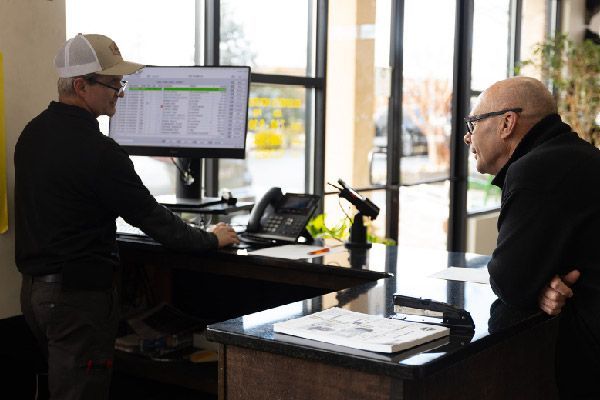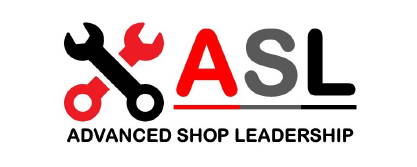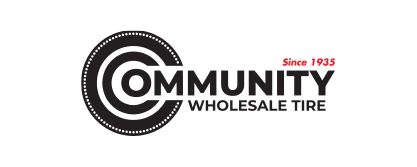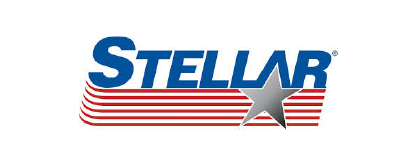Filling the Bucket: How to Keep Work Flowing and Techs Busy Year-Round
Every shop owner knows the challenge: one week the bays are slammed, the next, you’re wondering where all the cars went. Feast or famine cycles can drain revenue and take a toll on your crew. Technicians thrive on consistency. And in today’s hiring environment, it’s already hard enough to find good ones—so why risk giving them a reason to start looking somewhere else? But what if you could smooth out the peaks and valleys by “filling the bucket” with future work?
What Does “Filling the Bucket” Mean?
Think of your shop’s workload as a bucket. When it's full, your technicians are busy, productivity is high, and your revenue looks solid. But when the bucket runs dry—whether it’s due to seasonality, weather, or random slowdowns—you’re left scrambling.
“Filling the bucket” is all about identifying, planning, and scheduling future work in advance so that when things get quiet, you’ve already got a backlog ready to go.
Why This Works
- Increases Technician Efficiency
Techs don’t make money (build morale) sitting around. When work is steady, they stay focused, productive, and profitable. - Builds Customer Trust
Pre-scheduling future repairs or maintenance shows customers you’re looking out for their long-term vehicle health—not just selling them something today. - Maximizes Existing Traffic
Every car that comes through your door is an opportunity to build tomorrow’s workload. Don’t let those opportunities drive away.
How to Start Filling Your Bucket
1. Identify Deferred Work
Perform quality vehicle inspections! During those inspections, take note of any upcoming maintenance or repairs that aren’t urgent today but will be soon. For example: brakes at 4mm, tires due in 3 months, timing belt nearing mileage—it all counts.
2. Educate and Recommend
Talk to customers about this work. Use visuals and explain why it’ll matter in the near future. Then offer to schedule it out in advance or follow up with reminders.
3. Play the Long Game—Don’t Fix Everything Today
Not everything has to be done right now. When your team identifies multiple issues on a vehicle, resist the urge to tackle it all at once. Instead, coach your advisors to spread the work out and buy your team some breathing room.
Train them to underpromise on timelines—give your techs the gift of time to do the job right and reduce the pressure during high-volume days. Then, when you overdeliver, your team gets to be the hero. That “we got it done early for you” moment doesn’t just feel good—it builds loyalty and trust. It also gives you the opportunity to stagger repairs and ensure you’ve always got something lined up during the slow times.
4. Set Future Appointments
Have your advisors suggest scheduling future work before the customer leaves. "Let’s get that on the calendar so you don’t have to worry about it later."
5. Build a Follow-Up System
Use your CRM or shop management software to flag and follow up on deferred work. Reach out during slower periods with reminders or special offers.
6. Keep the Team in the Loop
Make sure your techs and service advisors understand the goal. When they know the shop is playing the long game, they’ll support the process.
Final Thoughts
Filling the bucket isn’t just about keeping your schedule full—it’s about being proactive, organized, and customer-focused. When you build a backlog of meaningful work, you create a buffer against slowdowns and give your techs the consistency they need to thrive.
Don’t wait for the work to come to you. Start filling your bucket today!
Need help getting started? Want to talk to other successful shops using this approach? Just give me a call (804) 712-4112
.


















